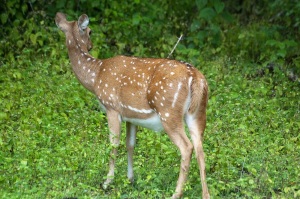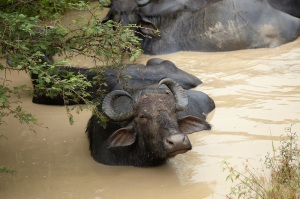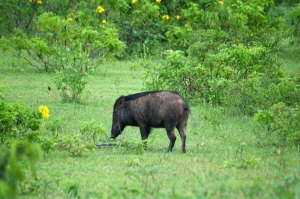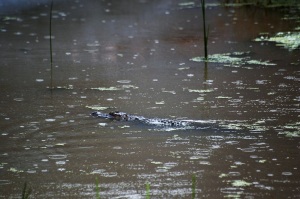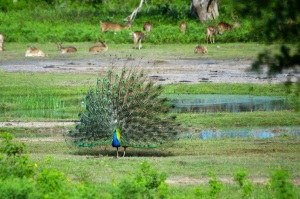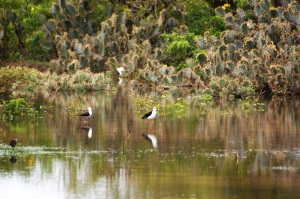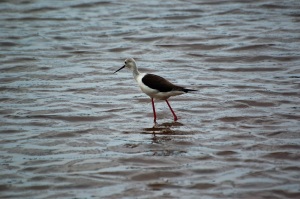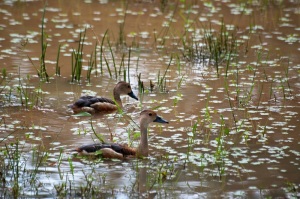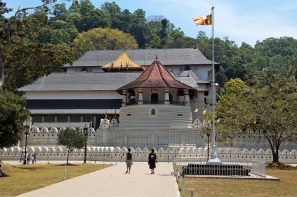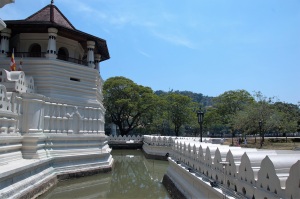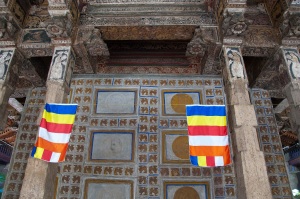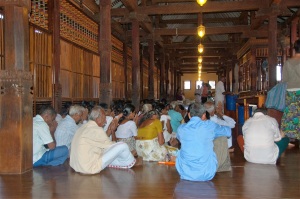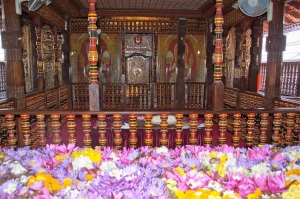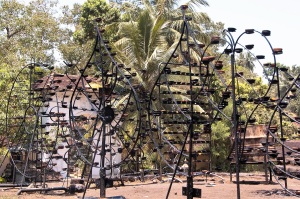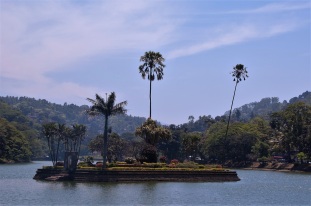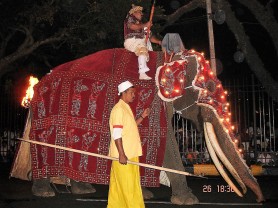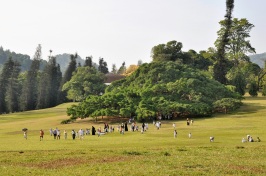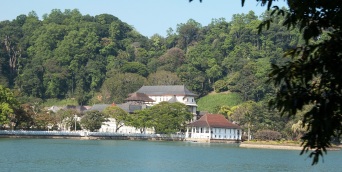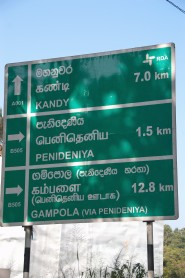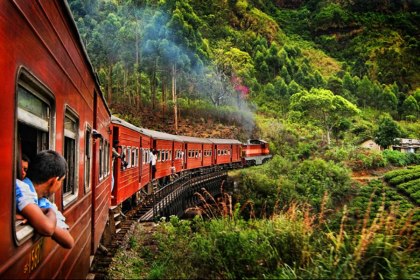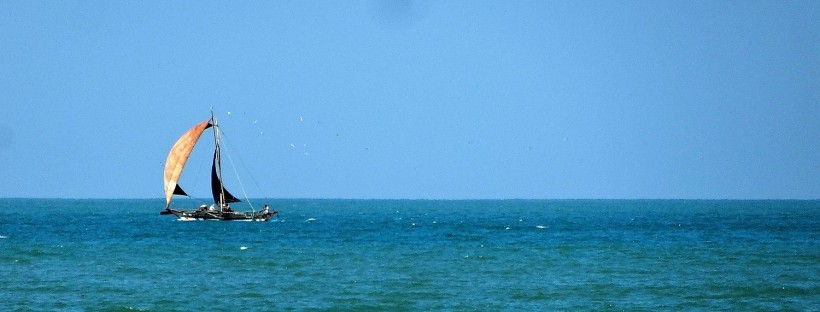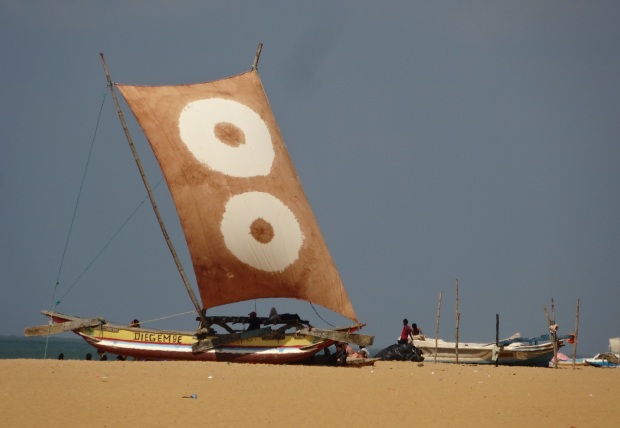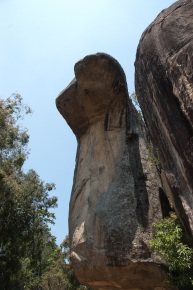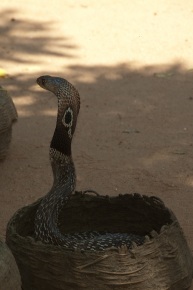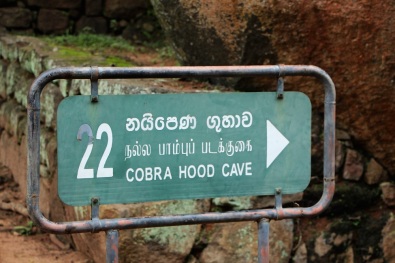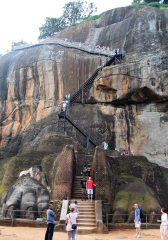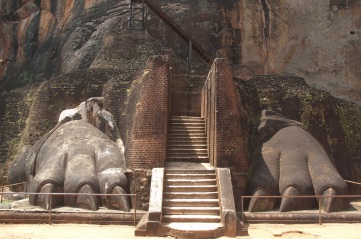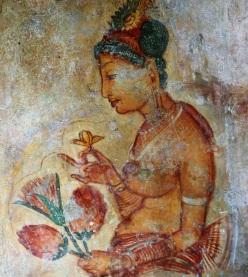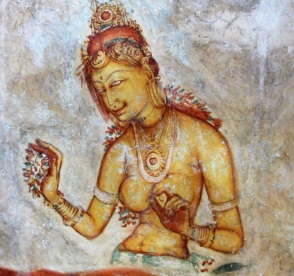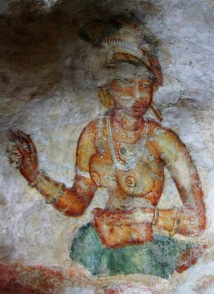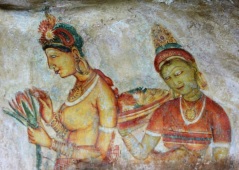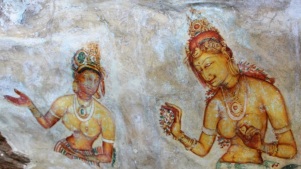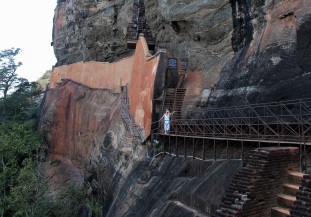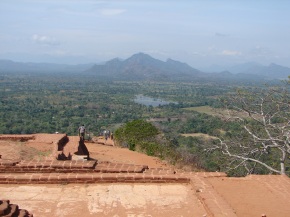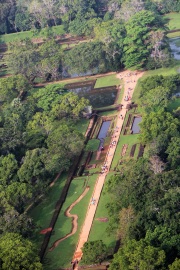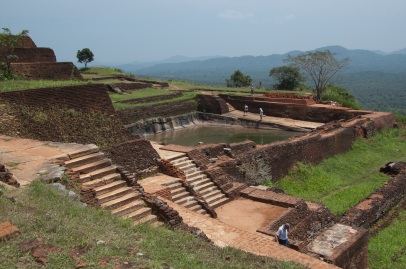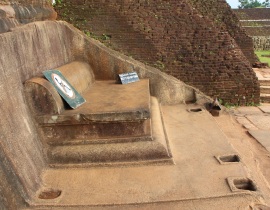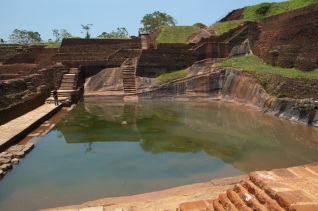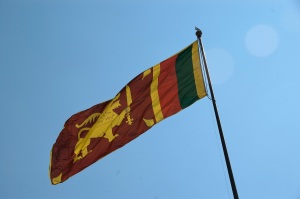
Sri Lanka’s Capital Colombo, a port city, with a rich colonial heritage, on the Western coast is a potpourri of races, religions and cultures. Colombo is a contrast itself, with mansions, lush gardens, fine dining options, shopping malls packed with expensive designer brands standing next to urban slums; diesel fumed congested roads and street markets.
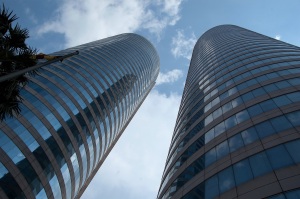
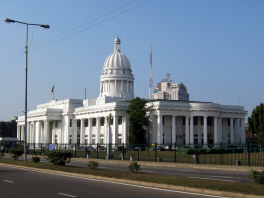
Despite its small size Colombo offers a varying selection of experience ranging from taking a tuktuk ride, a visit to Pettah market and eating Kottu Roti to playing a round of golf and having high tea at one of the colonial style hotels overlooking the Indian Ocean.
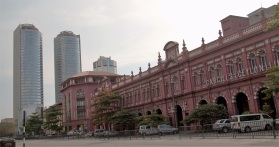
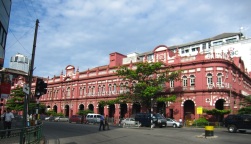
With many boutiques filled with international brands and local art and fabrics Colombo is the best place to do the last minute shopping and then it’s best to retire to Galle face, Colombo’s playground for some Kottu or Wade.
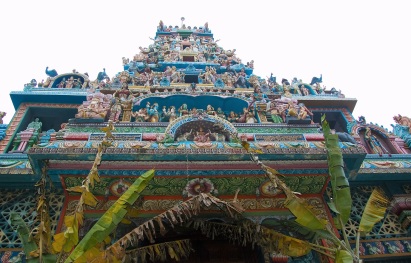
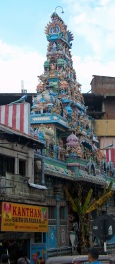
PETTAH
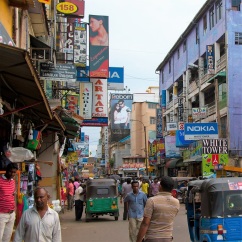
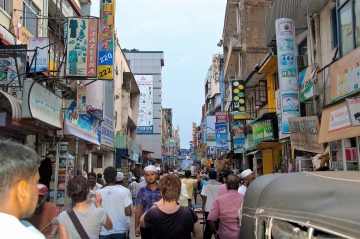
Brave the streets of Pettah to pick up everything from fabrics and fruit to watches and wedding invitations. “It’s utter chaos,” the locals cheerfully admit. “You can get a suit made in two hours, though it may last only three.” The streets are crammed with saris, electronics and ayurvedic medicines, while the fruit and vegetable market heaves with sacks of outrageously fierce-looking chillies.
GALLE FACE GREEN

It’s easy to forget Colombo is a seaside city when you’re stuck in a 1pm traffic snarl on the Galle Road. The best way to reconnect with the Indian Ocean is by making like a local and promenading on the Galle Face Green. Sundays are a big day for local families, kite flyers and food trucks serving deep-fried snacks.
CLOTHES SHOPPING
Odel is Colombo’s fashion house of choice (5, Alexandra Pl, Col 7) and KT Brown its designer, with ethnically inspired designs (7 Coniston Place, Col 7, ktbrownstudio.com). For leaner budgets, Cotton Collection (143 Dharmapala Mw, Col 7) has fabulous finds and nearby Kelly Felder (117 Dharmapala Mw) employs only local designers with new stock every Tuesday. For cool beachwear, check out the super-colourful Arugam Bay label, in Odel, Barefoot and their showroom (32 Ward Place, Col 6), which is also home to contemporary Buddhi Batiks. Grab a tuk-tuk and skip between them.
BAREFOOT
It’s a cafe, an art gallery, a performance space and shop. Established 40 years ago by Sri Lankan artist, entrepreneur and philanthropist Barbara Sansoni, its signature style is hand-woven, hand-dyed yarns made into brightly coloured children’s toys, free-flowing clothing and fabrics manufactured ethically by women across the country. Also one of the best places for books on Sri Lanka (704 Galle Road, Colombo 3 and Old Dutch Hospital, barefootceylon.com).
PARADISE ROAD
It is one of the well known places for tourists and they have several branches. It’s again not only shop but also mixture of café and art gallery. If you want to buy good quality stuff, this shop is probably one of the best in Sri Lanka. However, be reminded that good quality comes at a price. Their products ranging from home decoration, tablewears, textiles, books, spices, spa products and many more.
AYURVEDIC SPAS
The subcontinent’s traditional ayurvedic medicine morphs into a sublime spa experience at the Siddhalepa Ayurveda Spa (33 Wijerama Ma, Col 7, siddhalepa.com) or Spa Ceylon, with its scents of white tuberose, red sandalwood and jasmine (Dutch Hospital, Park Street Mews, spaceylon.com). A warning: be prepared for days of oily hair or plenty of hair washing if you’re signing in for Shirodhara, where warm oil is continually dripped onto your third eye (forehead).
GEM & JEWELLERY SHOPPING
Sri Lanka is most famous for its blue sapphires, as worn by the British royals. Slip in to premier gem dealer Colombo Jewellery Stores for a quick education and check out the well-priced men’s watches while you’re there (1 Alfred House Gardens, Col 3, also Old Dutch Hospital, Galle Face Hotel, cjs.lk). Ridhi is a good stop for affordable silver jewellery (74 Lauries Road, Col 4, ridhi.lk).
CRICKET
Go to a cricket match. “There’s no sledging here, it’s just a big party,” swear the locals. Catch the internationals at the R. Premadasa Stadium. For more slap of leather on willow, pop in for lunch and current matches or old classics on the many big screens at the Aussie-owned Cricket Club Cafe, (34 Queens Road, Col 3, thecricketclubcafeceylon.com).

